Ah Iceland. The land of ice and fire – much like our favorite Game of Thrones northerner, John Snow. Iceland is one of the most beautiful destinations I have had the pleasure of visiting. Its remote and mesmerizing nature makes you feel as though you were picked up and plopped onto an entirely different planet. A stark contrast from my current New York City dwellings. With so much natural beauty running amok, it is no surprise that there are endless things to do in Iceland.
If you are planning a trip to Iceland, there are certainly sights and activities that you will not want to miss! The list below outlines some of my favorite experiences. I hope you will enjoy them too!
Happy itinerary building!
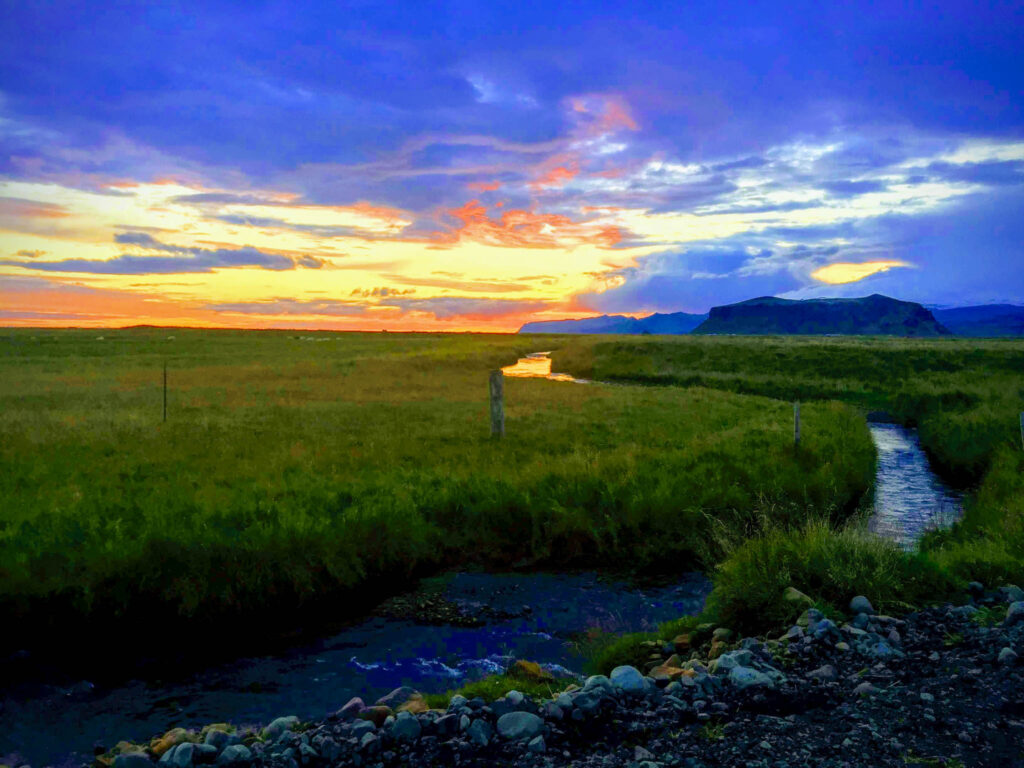
18 epic things to do in Iceland
1. Road trip around the Ring Road
One of the easiest ways to see Iceland is to travel along the Ring Road – a large highway (Route 1) that circles the entire country. This is the main road in Iceland, and roads leading off of Route 1 will connect you to pretty much any town, village, and national park in the country.
If you are unsure where to begin planning your trip, this is the best place to start. I recommend picking a direction you want to travel on the Ring Road, and building your itinerary from there.
If you have less time, the Golden Circle is a much smaller, yet still very popular, route in southern Iceland. The Golden Circle will take you in a 200 mile loop from, and back to, Reykjavik. You will still hit some of the most major sites, but will miss out on the larger national parks to the north and east.
Cost: Just the gas mileage!
2. Snorkel the Silfra Fissure
Silfra is a fissure between two tectonic plates, the North American and the Eurasian. This is the only place in the world where you can swim the divide between two continents. Silfra is absolutely an item that should be added to your bucket list.
The waters in the Silfra fissure are some of the clearest in the world – coming straight down from Langjökull glacier. It is also freezing – clocking in around 2-3 degrees celsius (35F). You will be provided a dry suit for the adventure!
You can choose between snorkeling and diving at Silfra. Obviously diving provides a fuller experience – but it is also more expensive.
Silfra is located only an hour or so from Reykjavik, so it is a great activity to add to the beginning or tail end of your trip.
Check out my guide to snorkeling Silfra for more information!
Cost: A typical, group snorkel costs anywhere from 13,000-19,000 Icelandic krona ($90-$130 USD). Private tours cost a Diving costs upwards of $275 for a 30-40 minute tour. In my opinion, it is well worth it.
3. Visit the Blue Lagoon…
Perhaps the most well known attraction in Iceland is the Blue Lagoon. It certainly is an Instagramer’s haven. The Blue Lagoon is a gorgeous, turquoise, geothermal hot spring and spa located a short drive away from the capital city of Reykjavik. The lagoon is made famous by its mineral-rich waters and mud, which are thought to have restorative powers on the skin.
The views from the Blue Lagoon are extraordinary. You can spend hours just floating around the waters and unwinding. It is actually a wonderful last day activity for those about to depart Iceland.
That being said, The Blue Lagoon is quite popular, and is often crowded. Because of this, the prices will likely make a dent in your budget and you will be unlikely to have the place to yourself.
Cost: The Blue Lagoon has four package tiers ranging from $50 USD (6,100 Icelandic Krona) to a luxury package for two at a whopping $450 USD (53,000 Icelandic Krona). You can learn more about pricing on their website.
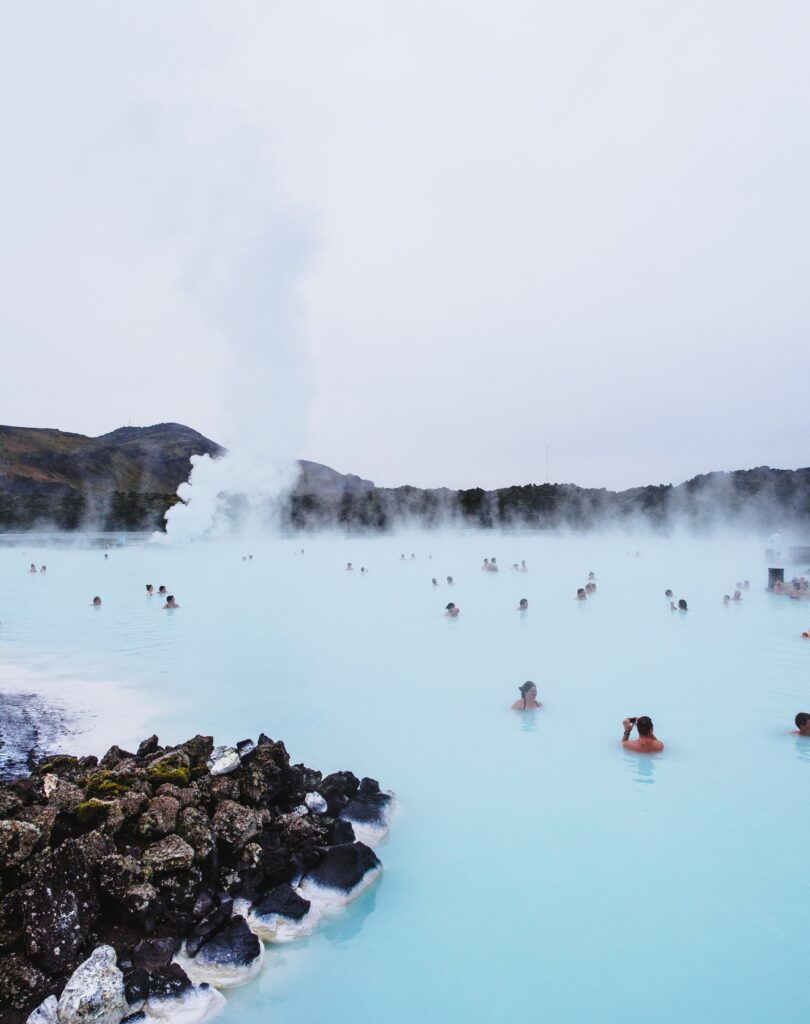
4. … or skip the Blue Lagoon and discover less well known hot springs
The Blue Lagoon is a beautiful destination, but it is constantly packed full of tourists and is also very pricey. If you’re trying to explore the country for cheap, there are certainly alternatives.
Numerous other hot springs are scattered across the country— many of which are only frequented by locals and are free (aside from a small donation to upkeep the springs). My friend and I visited three of these hot springs during our trip to Iceland – most of which we just stumbled upon. We also met one lovely woman in a cafe, who told us about her favorite hot spring high up in the mountains.
My recommendation: ask around about the hot springs in the area, and you will definitely find some hidden gems!
Cost: Free – $10 USD (But please consider leaving a tip to help keep the hot springs maintained)
Check out my guide for saving money in Iceland here.
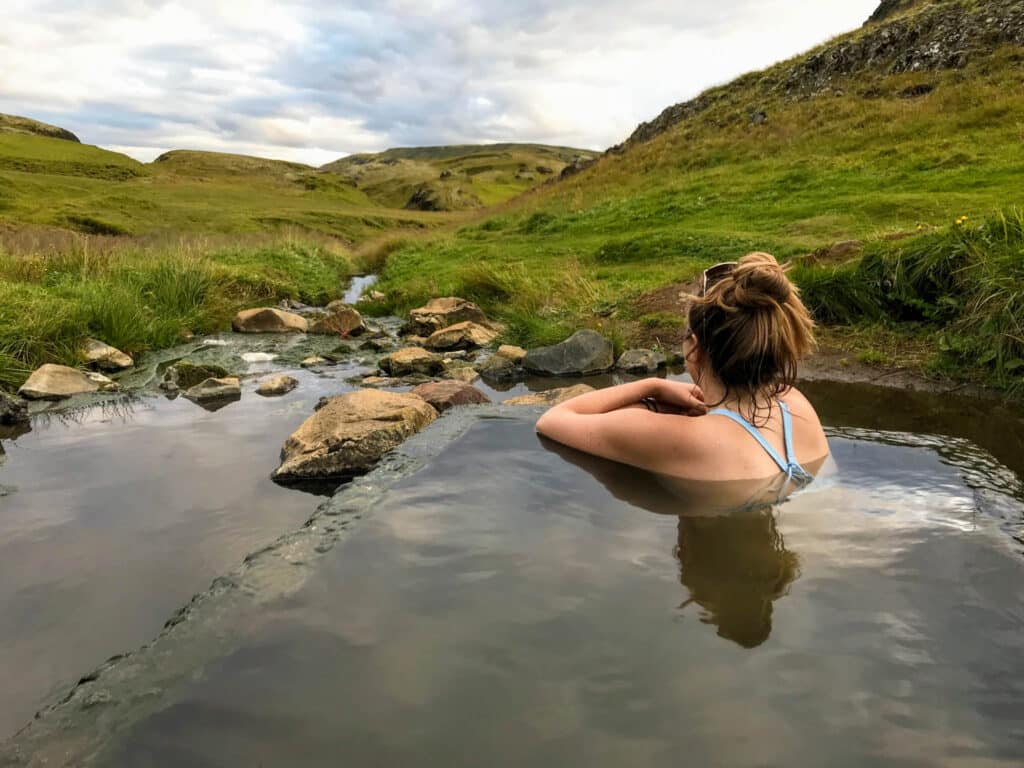
5. Visit some gigantic waterfalls (Skogafoss and Dettifoss)
Iceland is packed with waterfalls at every single turn. Skogafoss and Dettifoss are two of the most well known, and for good reason.
Skogafoss is located in the south of Iceland, and is astoundingly massive at over 80ft (25m) wide and 200ft (60m) tall. The water plummeting down from the top of the falls kicks up an intense spray of droplets – meaning that rainbows dance around the area on sunny days. You can climb up to the top of the waterfall, and trek along the river for a wonderful day hike. Skogafoss is a must-see!
To the North lies Dettifoss – one of Europe’s most powerful waterfalls (if not THE most powerful). The waterfall is even more massive than Skogafoss at 330ft (100m) wide and 150ft (45m) tall. The waters of Dettifoss cascade down into the canyon below at an alarming rate. I recommend venturing off the Ring Road to check out this waterfall and the surrounding national park.
Cost: Free
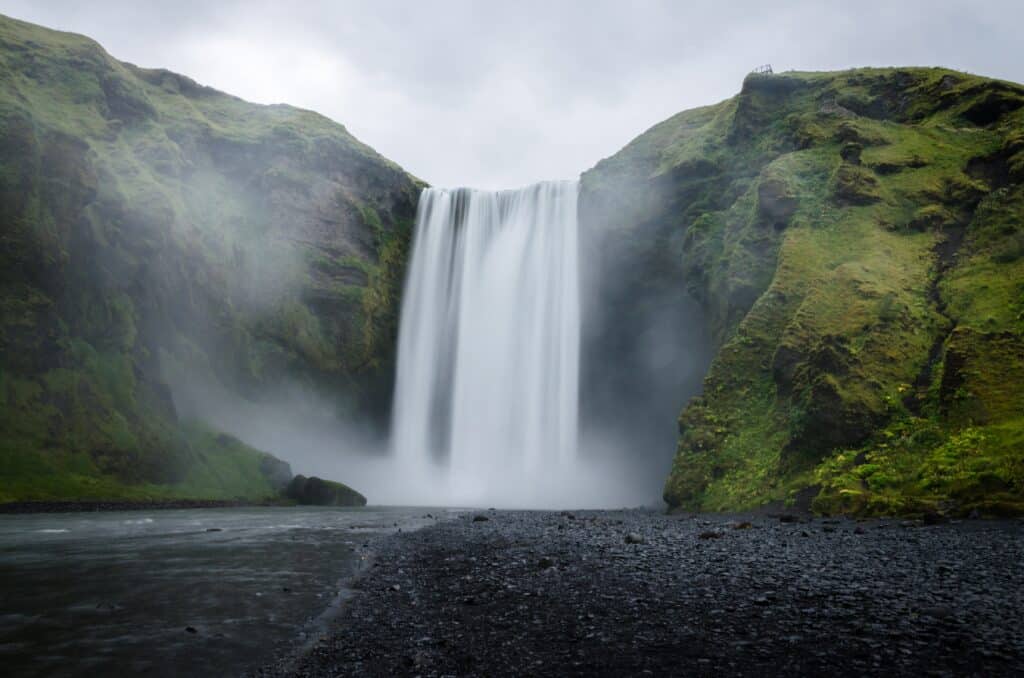
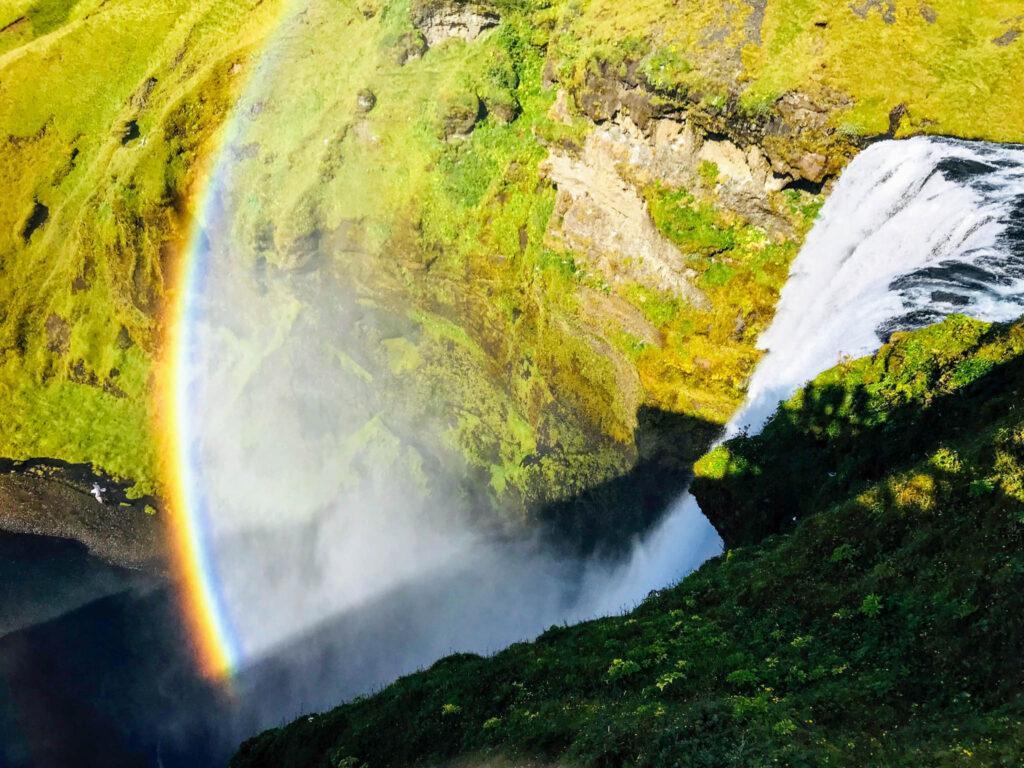
6. Trek behind the waterfalls at Seljalandsfoss
I know I’ve already talked about a few waterfalls on this list. But I would be remiss if I did not mention my personal favorite, Seljalandsfoss. Seljalandsfoss is located on the southern part of Iceland’s Ring Road, just two hours from Reykjavik.
Seljalandsfoss is located inside a cavern, which means that you can actually hike behind it to get a full, 360-view. In the winters, the water partially freezes, giving it a magnificent, diamond look. Seljalandsfoss is part of a network of smaller waterfalls right nearby, so you can spend the greater part of the morning meandering from fall to fall. Given that the waterfall is just off the Ring Road and very close to the capital, it can draw crowds. I recommend either camping at the site the night before, or arriving super early for a private exploration.
Cost: Free
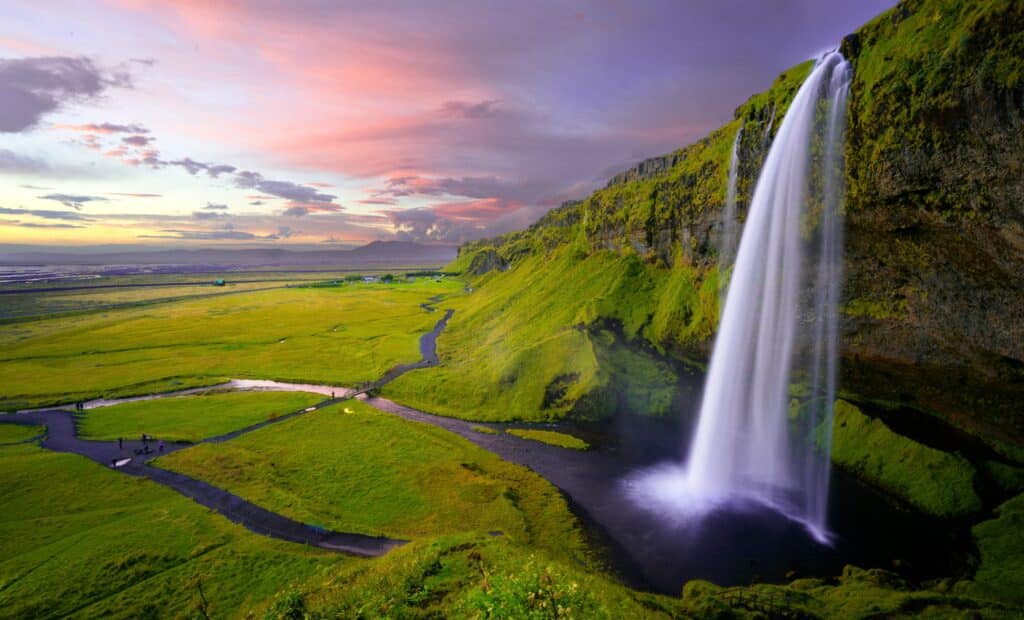
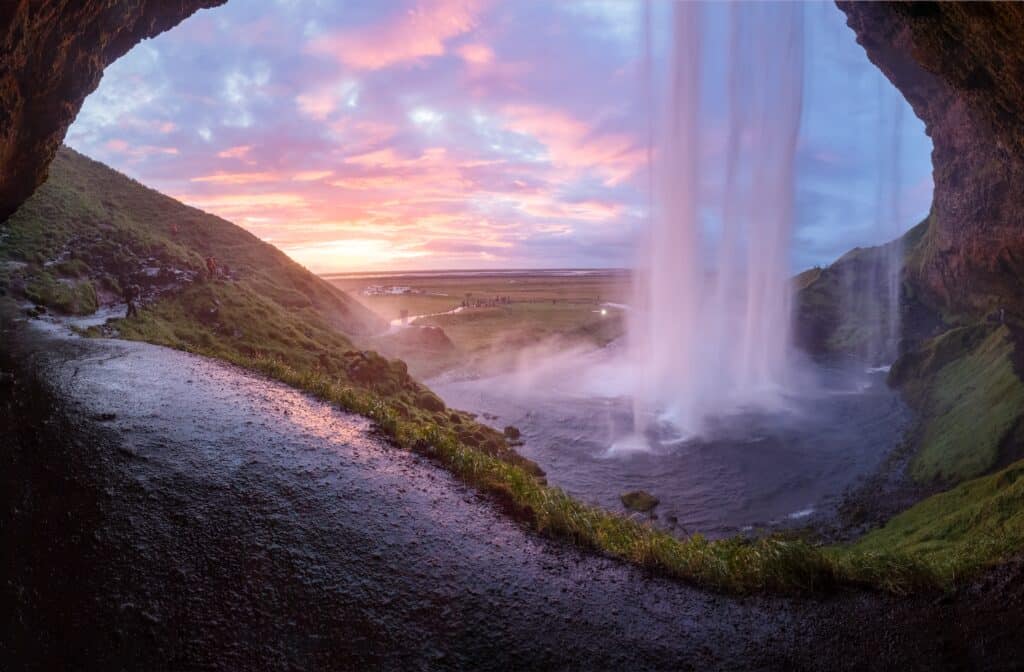
7. Camp for a night or two (or more!)
If you are venturing to Iceland, then you absolutely have to allocate at least one night for a camping adventure (if you are able to). Personally, I would recommend camping along the entire trip – there are so many wonderful sites along the way, and you meet so many amazing people sitting in common areas.
My personal favorite site was the one set up right near Seljalandsfoss. We arrived super late at night when it was pitch black, so we couldn’t see much at the time. But we could hear the sound of thundering waterfalls in the distance. The ULTIMATE, natural, white noise machine. How often do you get to have your morning coffee surrounded by waterfalls and streams?
Plan the route you want to take, and search for nearby campsites. There are endless places to pitch a tent. Just remember: wild camping is illegal, so be sure to stay at designated sites, and pick up after yourself!
Cost: Campsites run anywhere from $10-$18 USD per night. Super reasonable! You can pay at the booths near the sites, or give your payment to the site owner in the morning if you arrive after the booth is closed.
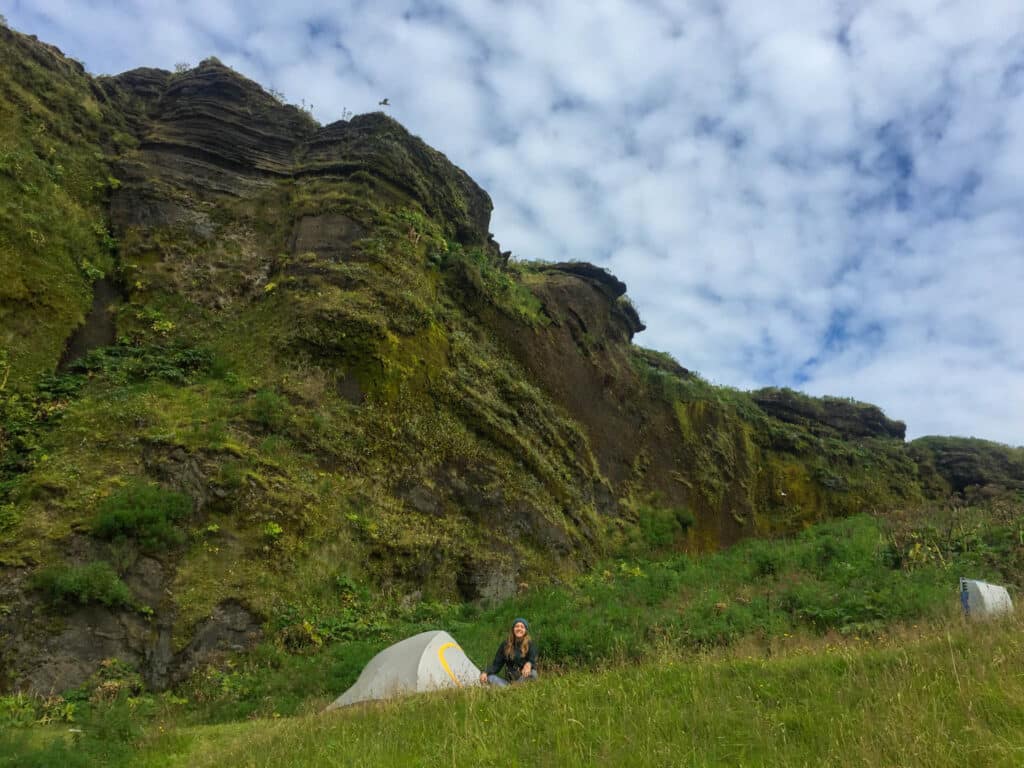
8. Go on a glacier hike at Vatnajokull
If you are going to Iceland, then visiting one of the country’s notable glaciers is a must. I recommend checking out Vatnajokull – Iceland’s largest icecap, and the second largest ice cap in Europe. Vatnajokull is located on the eastern side of the country, and accounts for just under 10% of Iceland’s total land mass.
While you are here, explore the national park. Please be respectful, and do not do anything that could harm or endanger the integrity of the glacier – and be sure to carry your trash out of the park when you are done.
Cost: Free!
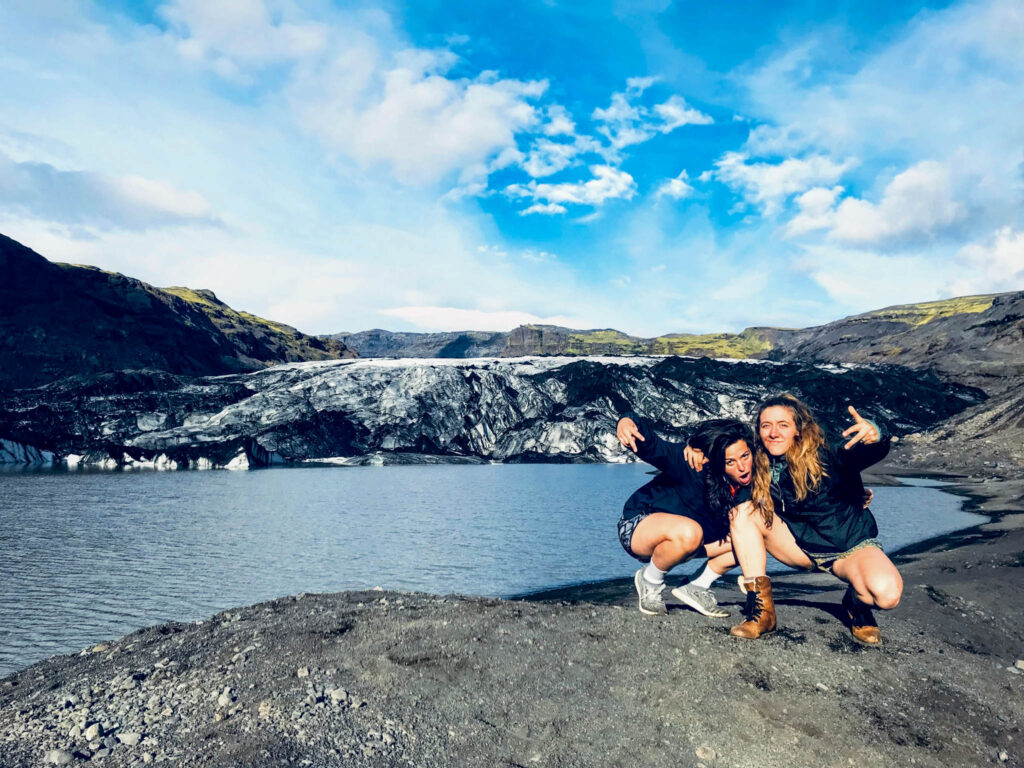
9. Explore an ice cave
If you are visiting Iceland in the winter, you are in luck! The ice caves are in full form, and you are able to venture into their intricate systems. Vatnajokull national park is home to some of the most prominent ice cave systems in the country, so I recommend pairing your glacier hike with an ice caving adventure.
At certain parts of the year, you are actually able to venture into the Vatnajokull Glacier. You will need a tour in order to embark – but it is well worth it!
Cost: $130USD for a three hour tour in the Vatnajokull Glacier.
10. Visit the black sand beaches
You may not be quick to associate ‘Iceland’ with ‘Beaches’ – but hey, it is an island after all. Iceland contains some of the most beautiful beaches, many with black sand due to the volcanoes in the area. Reynisfjara Beach on Iceland’s southern coast was my personal favorite due to the epic, hexagonal rock formations of the surrounding cliffs. But a close contender is Diamond Beach. Here, large chunks of ice are scattered throughout the sand, sparkling like crystals in the sunlight.
I recommend visiting both if you have the time! If you are wandering along the beaches, be careful of ‘sneaker waves. These are large waves that come seemingly from nowhere, and swoop up the entire shore. If you see signs posted, be sure to stay back at a safe distance. As always, do not swim if signs say it is prohibited. The water is freezing, and the currents can be strong.
Cost: Free!

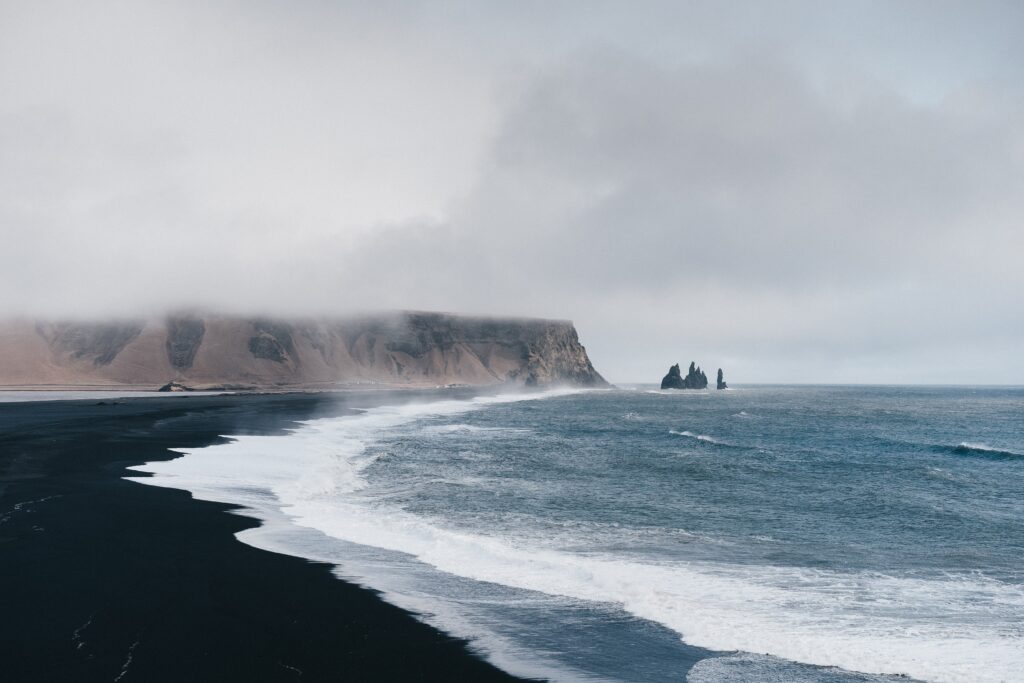
11. Whale Watch
Whale Watching is one of the most popular activities for tourists heading to Iceland. Many different breeds of whales make their way to the area, including orcas, humpback whales, minke whales, and, if you are extremely lucky, blue whales.
Whale watching tours run 365 days per year out of Reykjavik. This is also the route where tours are most likely to encounter orcas. But other towns, like Húsavik and Akureyri also offer tours in the summer months. Although tours run all year – whales are most commonly sighted in the summer months.
Remember that tours cannot guarantee a whale sighting. However, many companies allow you to return for free if you did not encounter any on your first trip out. I would recommend asking the tour company for their policy, and booking your whale watching excursion early in your trip. That way, you will have time for a re-do in the event that no whales were seen.
Cost: Around $75 – $100 USD depending on the time of year and tour company. A few reputable guide companies are found here.
12. Hunt for the Northern Lights
The Northern Lights are most prevalent during the fall and spring equinoxes. I recommend traveling in March or September for the best odds of seeing the Northern Lights. You also have a good chance of catching the lights if you travel during the winter – provided that the skies are clear. Traveling during the summer will give you the lowest probability, as the days can last upwards of 22 hours.
Northern Lights tours are popular among tourists traveling to Iceland. However, companies cannot guarantee a Northern Lights sighting. The tour guide cannot PROVIDE the lights – they just sort of… happen. While tours give you a greater probability of seeing them, you can actually do a lot of the solar flare monitoring yourself.
Visit these websites for updates on the radar: Aurora Forecast, Northern Lights Forecast.
Cost: Tours can run upwards of $50 USD. But searching for them on your own is free!
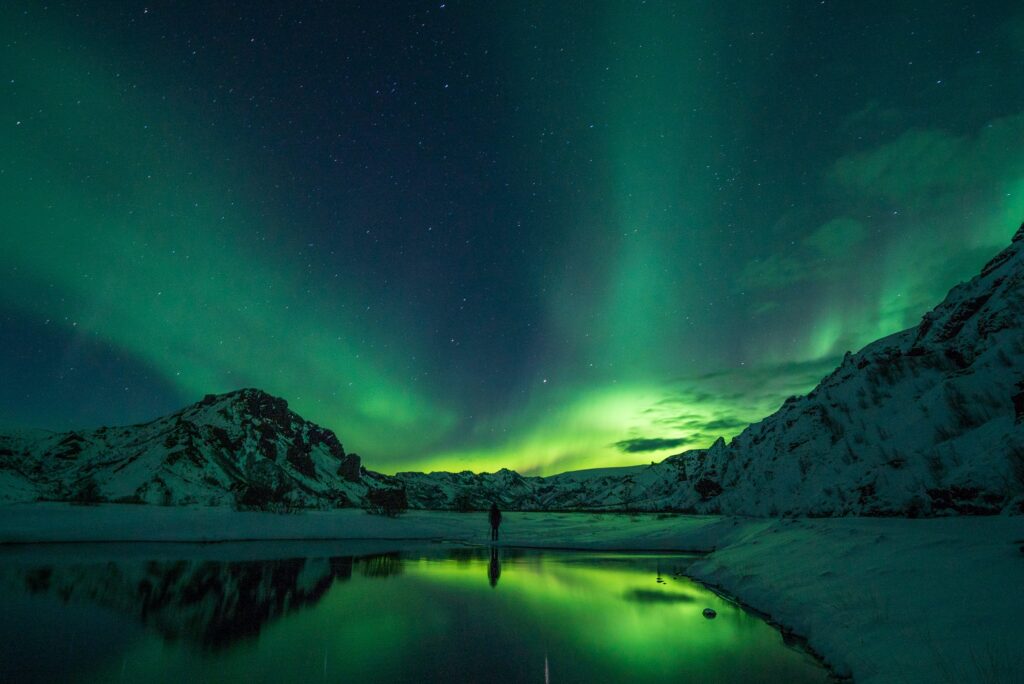
13. Explore Reykjavik
Reykjavik is Iceland’s capital city, and is a 45 minute drive from the Keflavik Airport. I recommend planning out 1-2 days in Reykjavik at the beginning or end of your trip. The city is safe and walkable, and the atmosphere is so cozy. There is so much to see and do here!
If you are spending some time in Reykjavik, check out the National Museum of Iceland. I would also suggest grabbing tickets to a show in the Harpa Concert Hall. The walls are lined with hexagonal glass panels that mimic the rock formations found in some of the national parks.
Finally, be sure to stop by the Hallgrímskirkja Church. This is one of Iceland’s tallest buildings, and the intricate structure can be seen from pretty much anywhere in Reykjavik.
Cost: Free to explore, but overall cost will depend on the activities you choose to do in the capital.
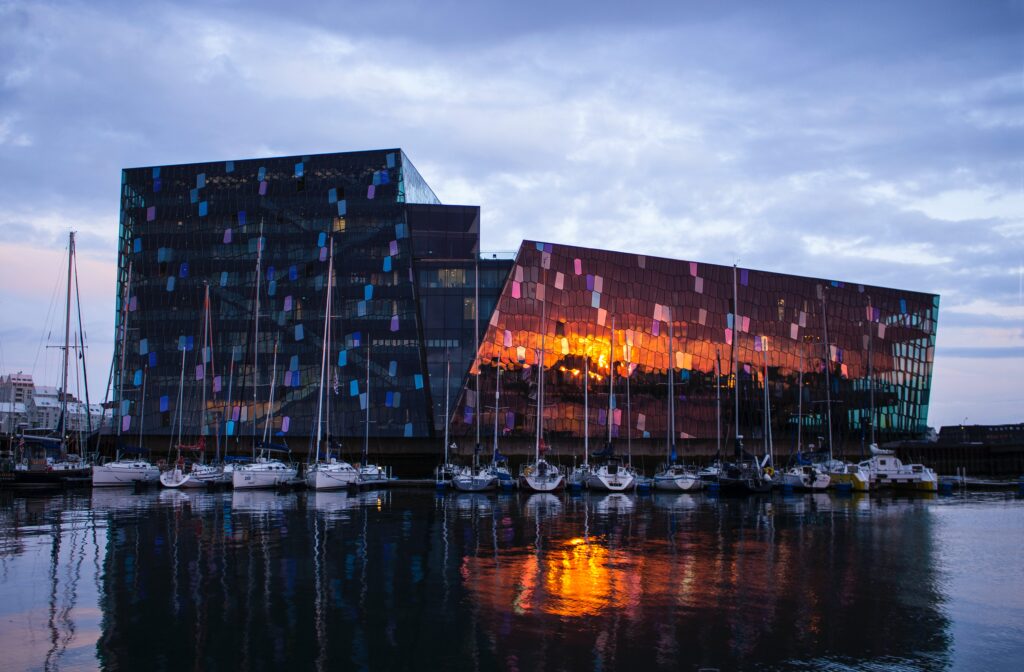
14. Marvel at the Strokkur Geyser
Strokkur is one of Iceland’s most active geysers. Every 4-10 minutes, the geyser erupts a blast of heated groundwater up to 130 feet (40m) into the air. The surrounding field is full of geothermal pools (not for visitors, sadly), and is also home to The Great Geyser. Although the Great Geyser has not blasted off since 2016, you are guaranteed to see activity from its sister, Strokkur.
Strokkur Geyser is one of the main attractions on the Golden Circle route. If you are heading in that direction, it is definitely worth a stop!
Cost: free!
15. Drive out to the Jökulsárlón glacier lagoon
If you are spending time visiting the Vatnajokull glacier, then travel just a bit farther east to the Jökulsárlón glacier lagoon. Jökulsárlón is a crystal clear, glacial lake that flows directly into the Atlantic Ocean. You’ll see huge icebergs and, if you’re lucky, tons of wildlife roaming about.
If you head to the outlet where the lagoon meets the ocean, you will find the Diamond Beach. As mentioned above, this is a spectacular black sand beach littered with chunks of ice that sparkle like gems. Both of these are a must-see if you’re heading to the southwest.
Cost: Free!
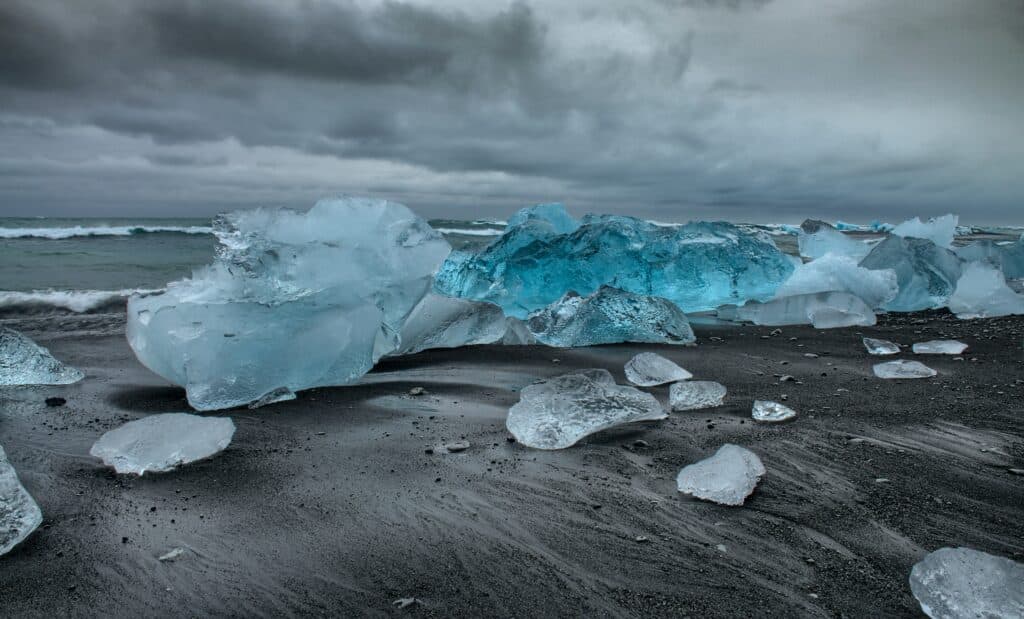
16. Take the Thrihnukagigur Volcano Tour
They don’t call Iceland ‘the land of fire and ice’ for nothing! The ice part is self-explanatory… but Iceland is also covered with volcanoes. Volcanoes are the cause of the geothermal hot springs found all across the country. Consider taking a tour of some of the active volcanoes and lava fields in the area.
One of the most unique experiences is the Thrihnukagigur Volcano Tour. You are able to enter the volcano, as it has been inactive for 4,000 years. This is, understandably, one of the only places on Earth where you can actually explore the magma chamber from inside the volcano itself. You’ll need a guide group in order to enter, but it is well worth it!
Cost: This one’s a bit pricey, coming in at $330 USD (47,000 Krona) for adults, and $165 USD (28,000 Krona) for children ages 8-12.
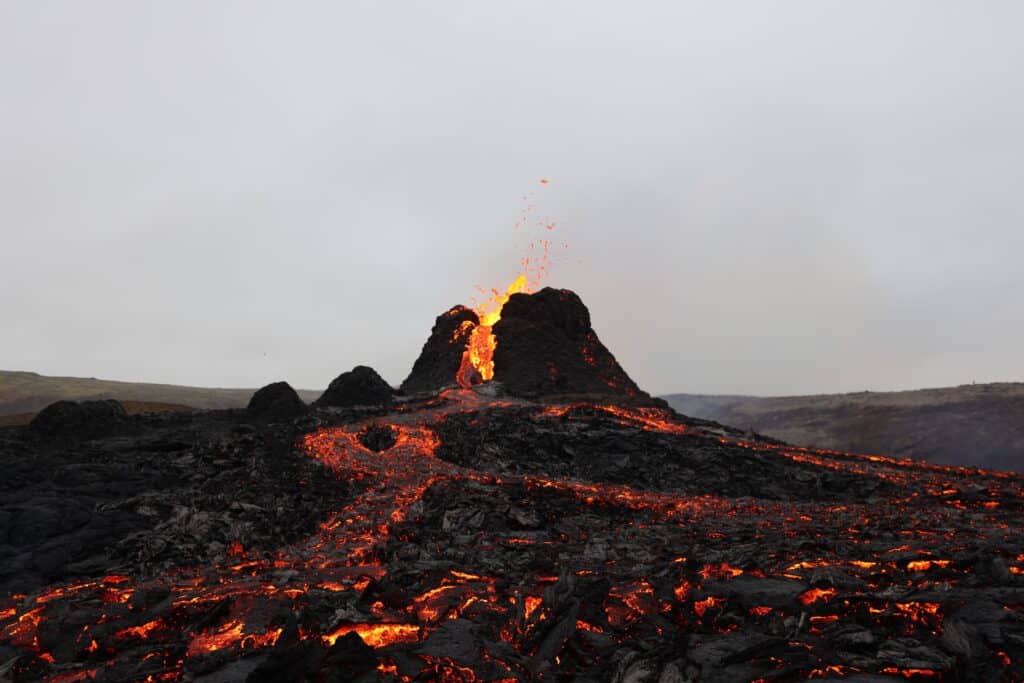
17. Wander through old viking cairns at Laufskálavarða
If you are venturing on the Ring Road, then you absolutely need to take a stop off at Laufskálavarða, which is located just off Route 1 in the South of Iceland about 40 minutes from Vik. Laufskálavarða is an ancient lava field filled with stacked rocks, called cairns, for as far as the eye can see. These rocks bring good luck – and they are commonly used to mark trail routes.
Today, you can wander through the Laufskálavarða lava field and admire the stacked stones of the past. Many are so old that moss has overtaken their structures. It almost feels as though you are on a completely different planet.
The Icelandic government encourages visitors to not to leave your their own cairns, nor to touch the existing cairns. This is part of an effort to preserve the integrity of the landscape. But feel free to admire!
Cost: Free
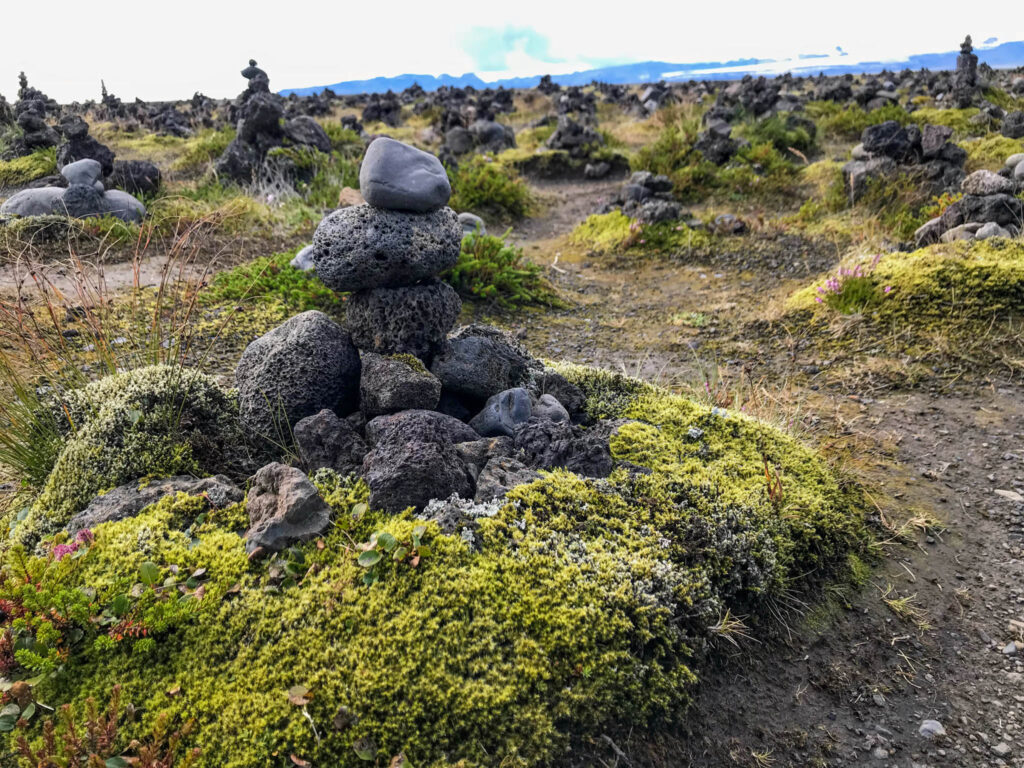
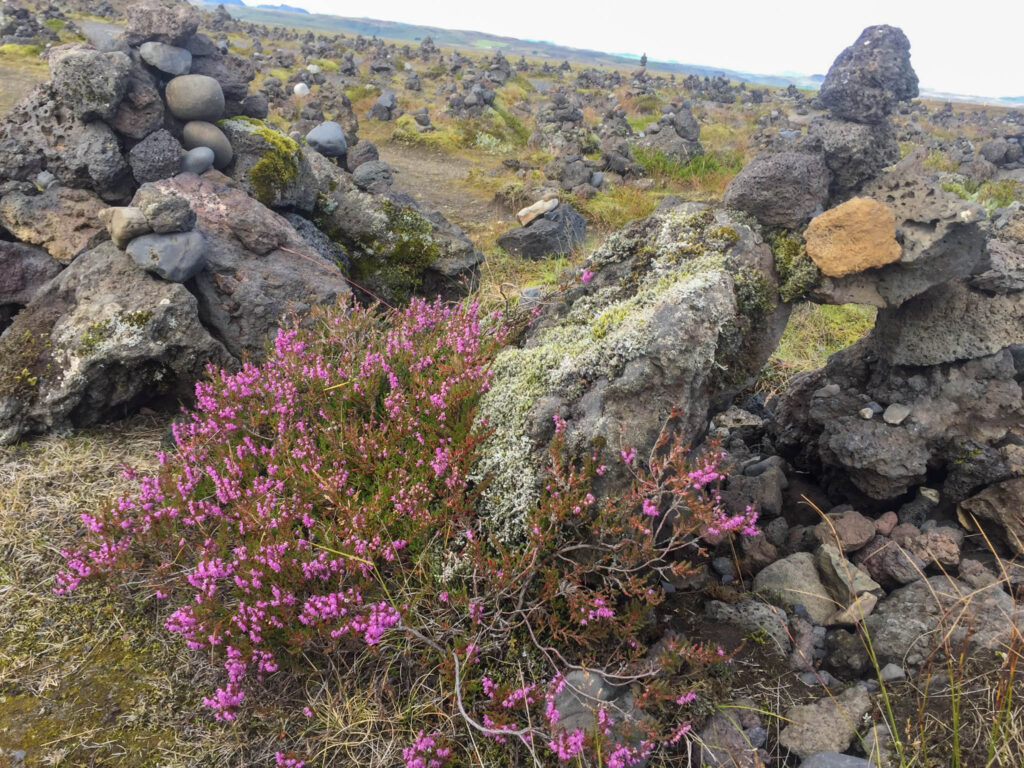
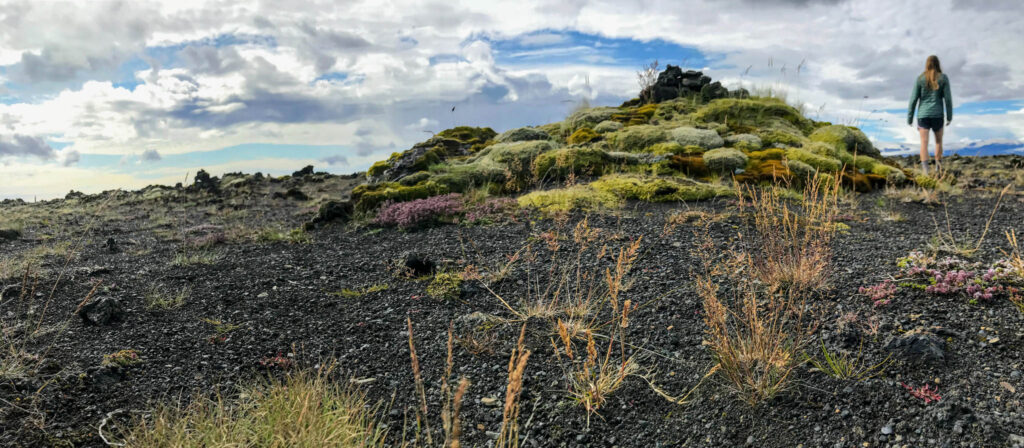
18. Spend some time visiting Icelandic towns
There are so many charming towns across the country to explore. The ones you visit will depend largely on the route you are planning to take around the country. But a few to definitely keep on your radar are: Vik, Husavik, Akureyri, and Holmavik.
Every town has its own unique charm and attractions. As you’re building out your itinerary, be sure to include some stopovers to explore!
Cost: Free to explore, but might cost more depending on accommodations and attractions you visit in the area.
That’s all, folks!
Hopefully this guide helps kick-start your Iceland itinerary! I had such a wonderful time exploring the beautiful country. I know you will uncover so many hidden gems during your adventure!
Have you been to Iceland? Drop a comment below with some of your favorite sites and acitivites!
Check out my Iceland travel guide here for more information about planning your trip.
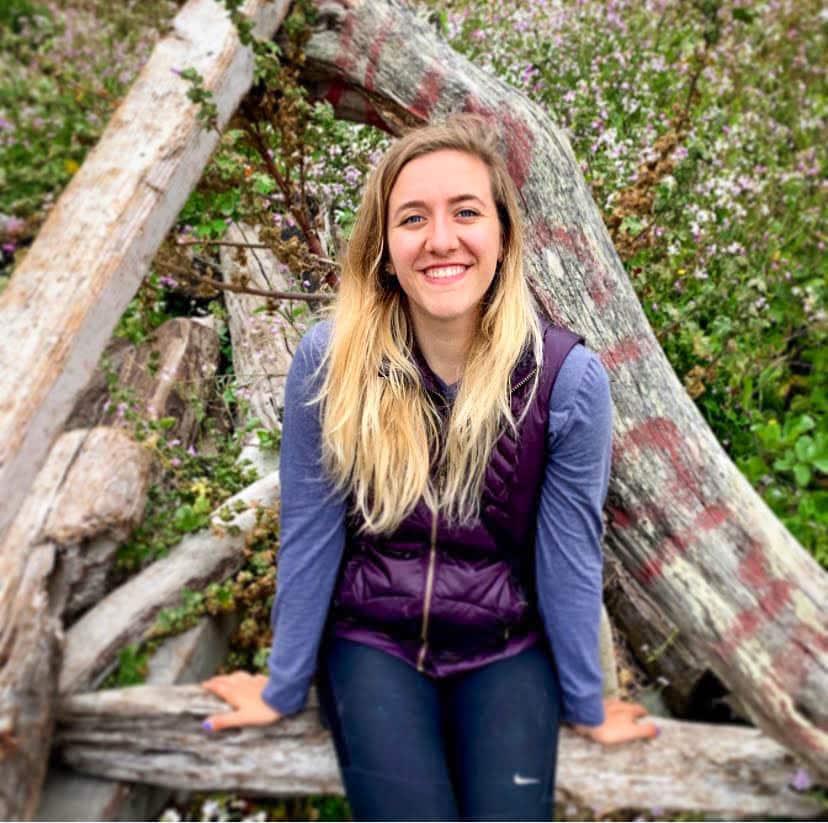
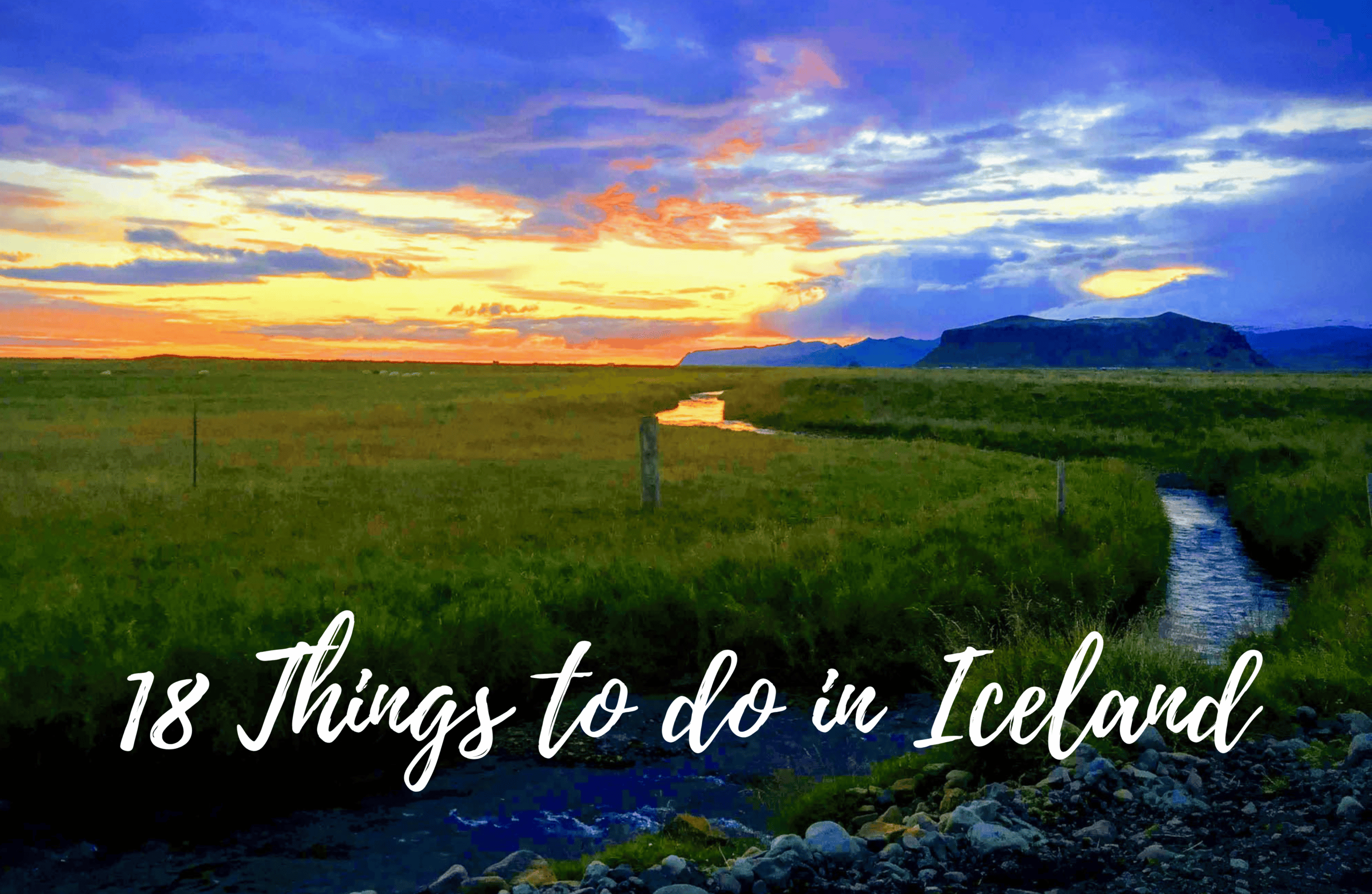
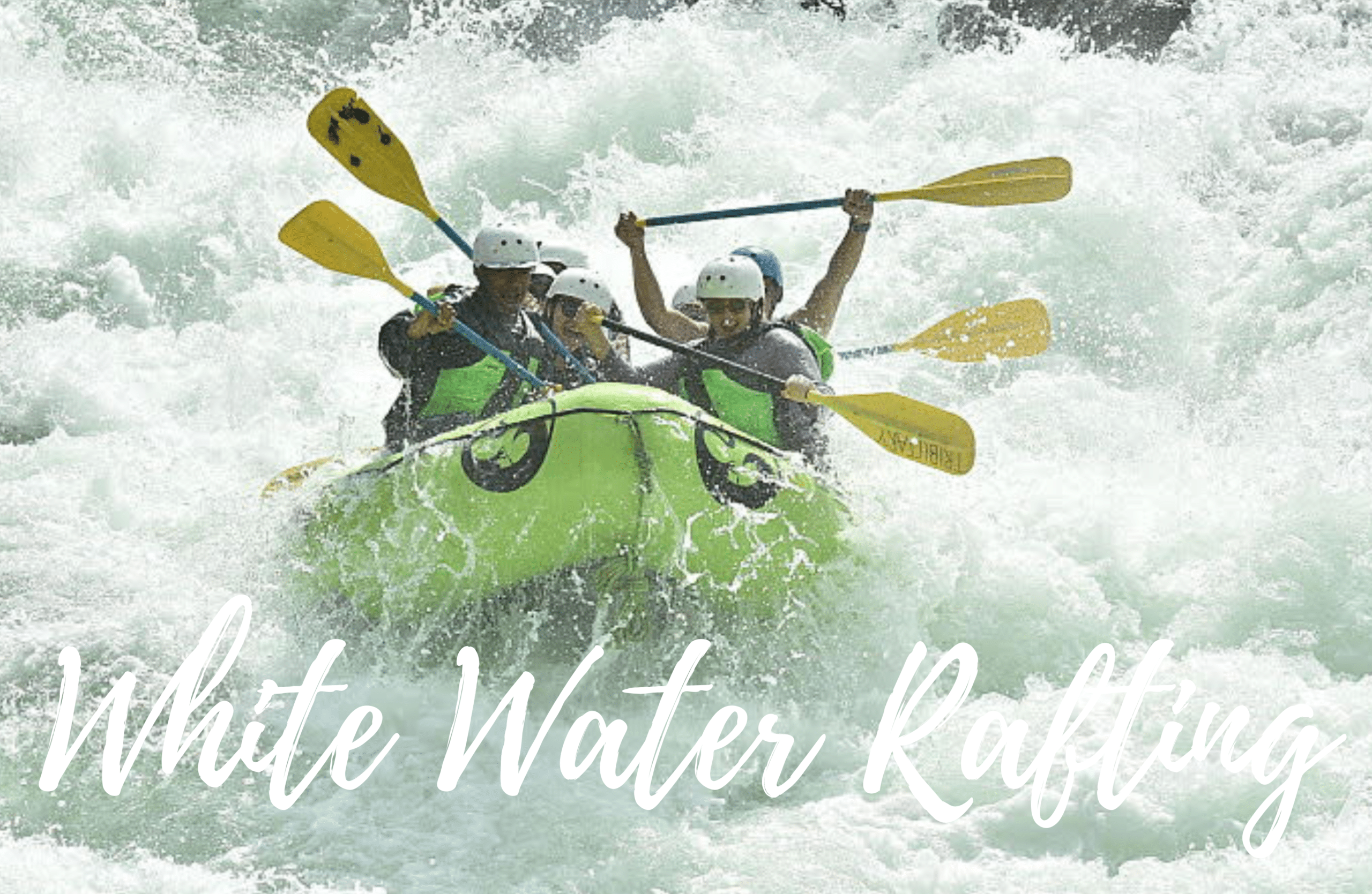
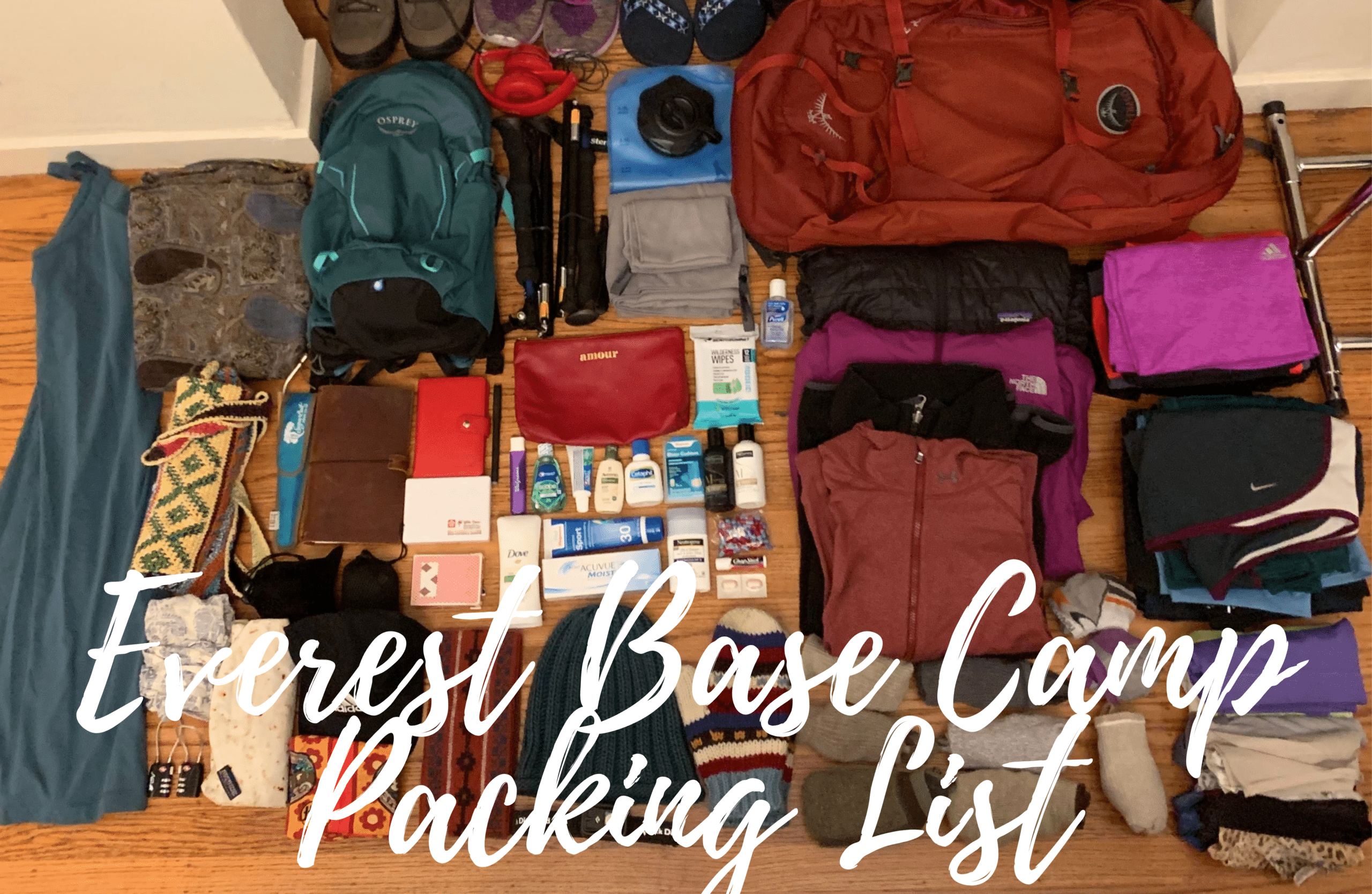
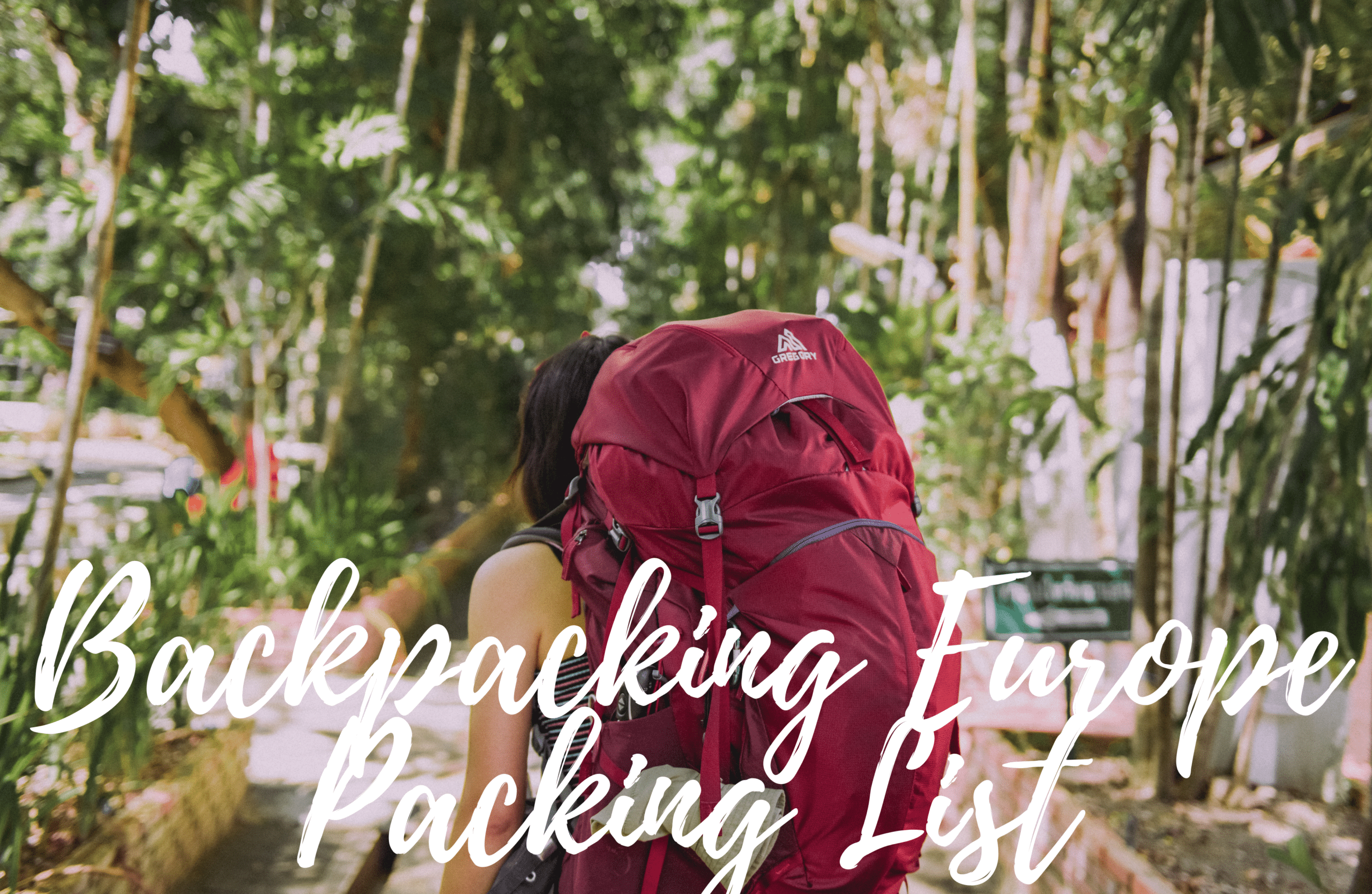
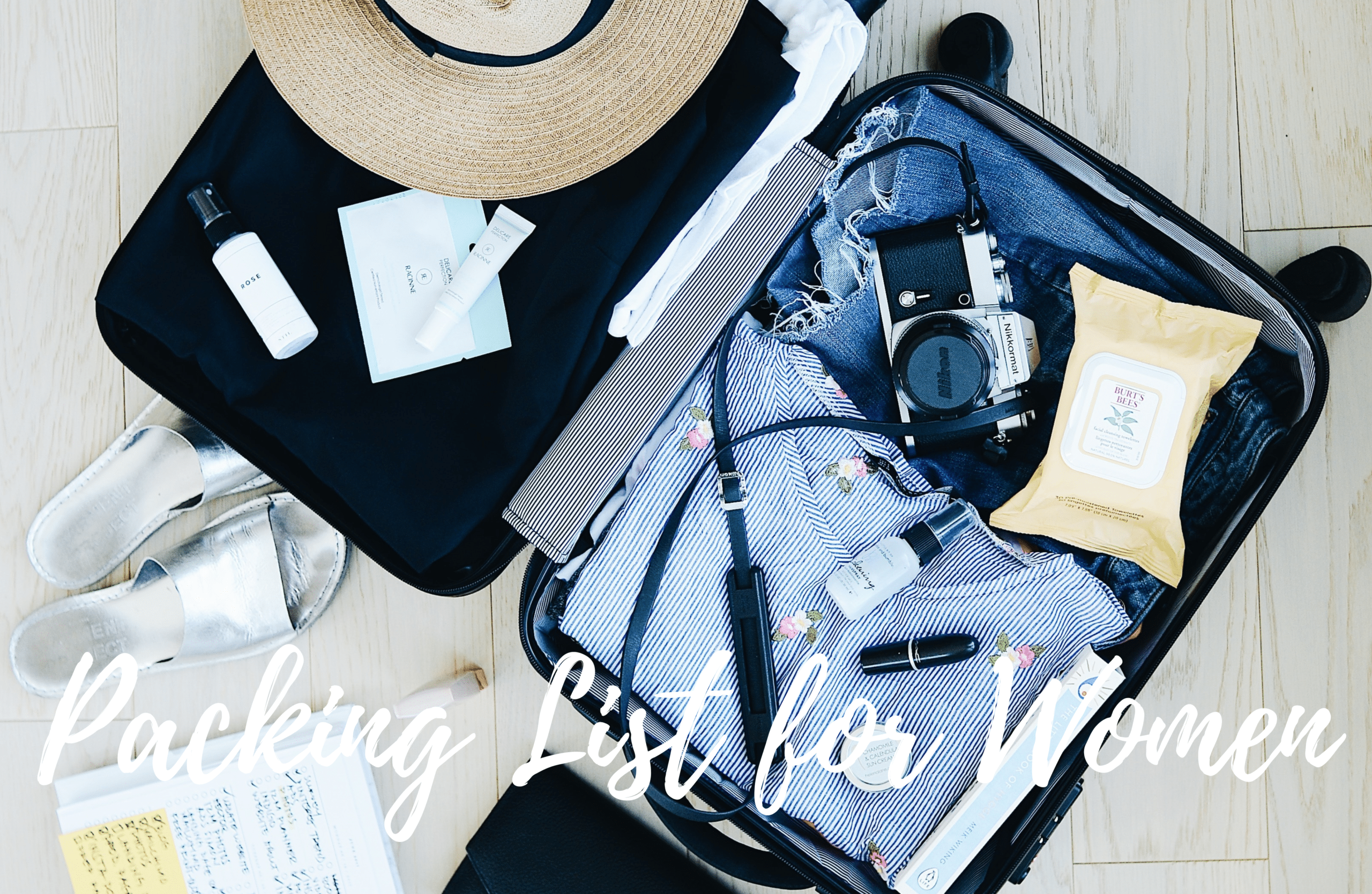
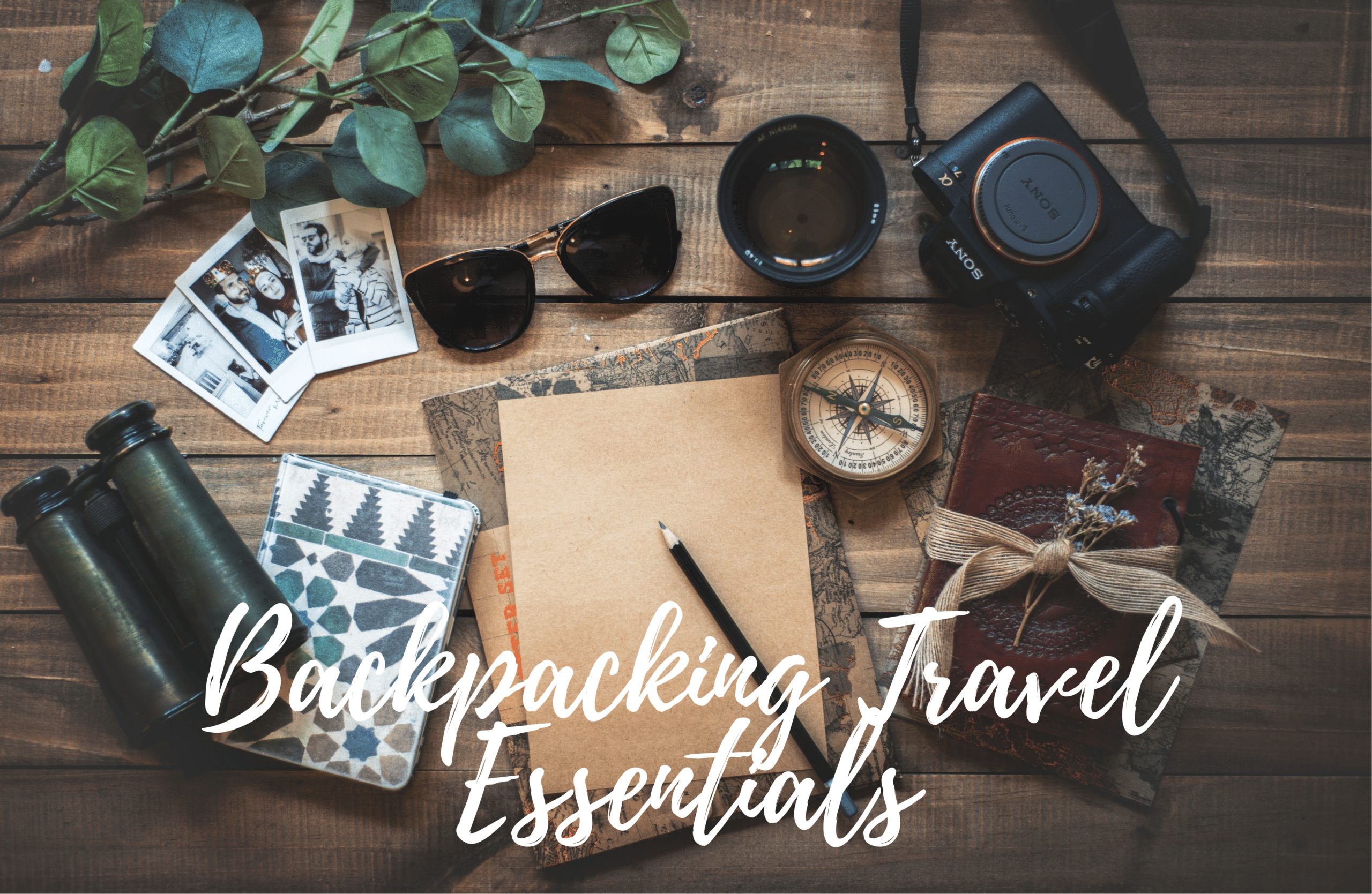

0